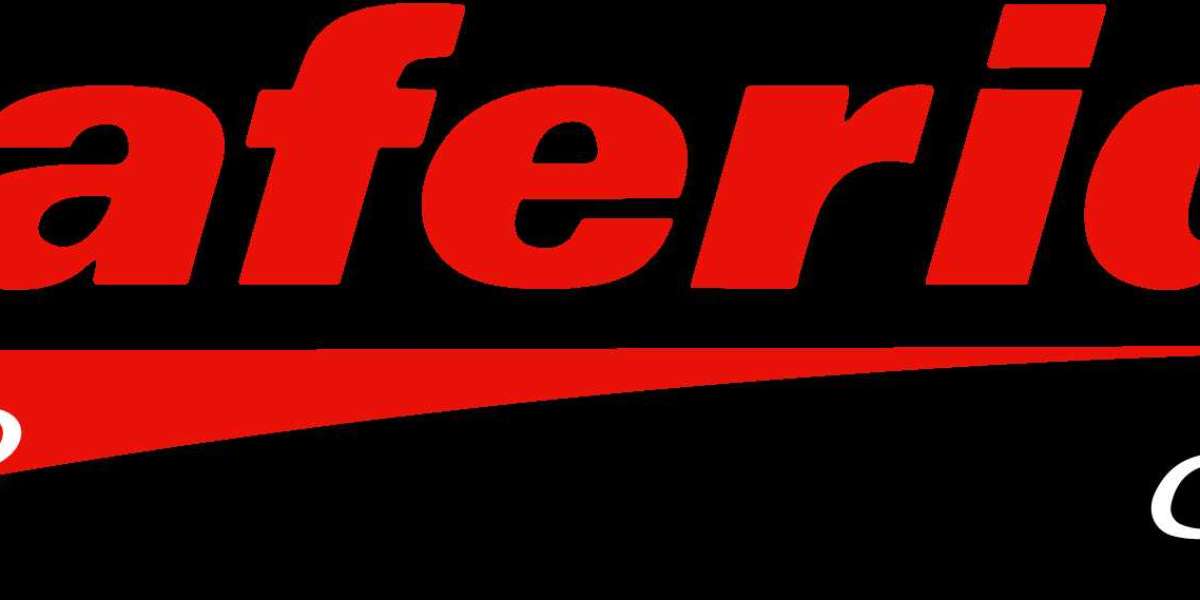In the digital landscape of Web Design Ireland, understanding the different types of web design is crucial for businesses aiming to establish a compelling online presence. This comprehensive guide explores the three main types of web design—static, dynamic, and responsive—each catering to distinct business needs and user interactions. Learn about their unique features, applications, and how to choose the right type for your specific goals.
Key Takeaways:
- Static Web Design is cost-effective and suitable for smaller websites with fixed content.
- Dynamic Web Design offers more functionality and flexibility, ideal for content-rich and interactive sites.
- Responsive Web Design is essential for optimal viewing across all devices, enhancing both user experience and SEO.
In-Depth Analysis of Web Design Types
Custom website design plays a pivotal role in creating unique and effective online experiences. As digital platforms evolve, so does the approach to building websites. In Web Design Ireland, the choice between static, dynamic, and responsive web design depends on several factors, including the site’s purpose, required maintenance, and the intended audience.
1. Static Web Design
Static web design is one of the oldest types of web design, where each webpage is coded in HTML and displays the exact same content to every visitor. Because these pages don't require complex programming or database design, they are faster to develop and easier to host.
Applications:
- Small business websites
- Portfolios
- Documentation pages
Advantages:
- Fast loading times
- Lower cost of development
- Easier to host
Limitations:
- Limited functionality
- Not suitable for handling complex tasks
- Difficult to update content frequently
Static sites are best for businesses that need a simple online presence without frequent updates.
2. Dynamic Web Design
Websites are scripted using more complex code and can display different content from the same source code. These sites use client-side or server-side scripting to generate changing content. Dynamic websites are functional and flexible, suitable for handling complex tasks such as user interaction and real-time data display.
Technologies Used:
- Client-side scripting: JavaScript, HTML5, and CSS3
- Server-side scripting: PHP, ASP.NET, and Python
Applications:
- E-commerce sites
- Blogs and news websites
- Social media platforms
Advantages:
- Highly customizable user interfaces
- Efficient data management
- Scalable and flexible content updates
Limitations:
- More expensive to develop and host
- Requires ongoing maintenance
Dynamic web design is ideal for businesses requiring interactive features and frequent content updates.
3. Responsive Web Design
Responsive web design (RWD) is a modern approach that ensures a website’s layout adjusts seamlessly to fit different screen sizes and devices. This design type uses CSS media queries to change styles based on the target device, such as desktops, tablets, and smartphones, providing an optimal viewing experience.
Techniques Involved:
- Fluid grids
- Flexible images
- Media queries
Applications:
- Corporate websites
- E-commerce platforms
- Blogs and portfolios
Advantages:
- Improved user experience
- Increased mobile traffic
- Enhanced SEO performance
Limitations:
- More complex to design
- Can be more expensive than non-responsive designs
Responsive design is essential in today's mobile-first world and is recommended for any new website.
Choosing the Right Type of Web Design
Selecting the correct type of web design for your business involves understanding your specific needs and the behavior of your target audience. Here’s how you can choose the right type:
- Assess your content needs: Static for fixed content, dynamic for interactive and frequently updated content.
- Consider your budget and resources: Static websites are cheaper, while dynamic and responsive websites require more investment.
- Evaluate the need for mobile optimization: With increasing mobile users, responsive design is almost indispensable.
Web Design Ireland experts recommend starting with a responsive design framework to future-proof your website and ensure it adapts to all devices right from the start.
Conclusion
In the realm of custom website design, understanding the three main types of web design not only helps in making informed decisions but also enhances your ability to cater to diverse customer needs effectively. Whether you choose static, dynamic, or responsive web design, each type offers unique benefits and challenges. By carefully considering your business requirements, you can select the most appropriate web design type to create a robust and engaging online presence.
Final Thoughts:
Embrace the type of web design that aligns with your business goals and user demands. In the fast-evolving digital world, staying informed and adaptable is key to online success.














